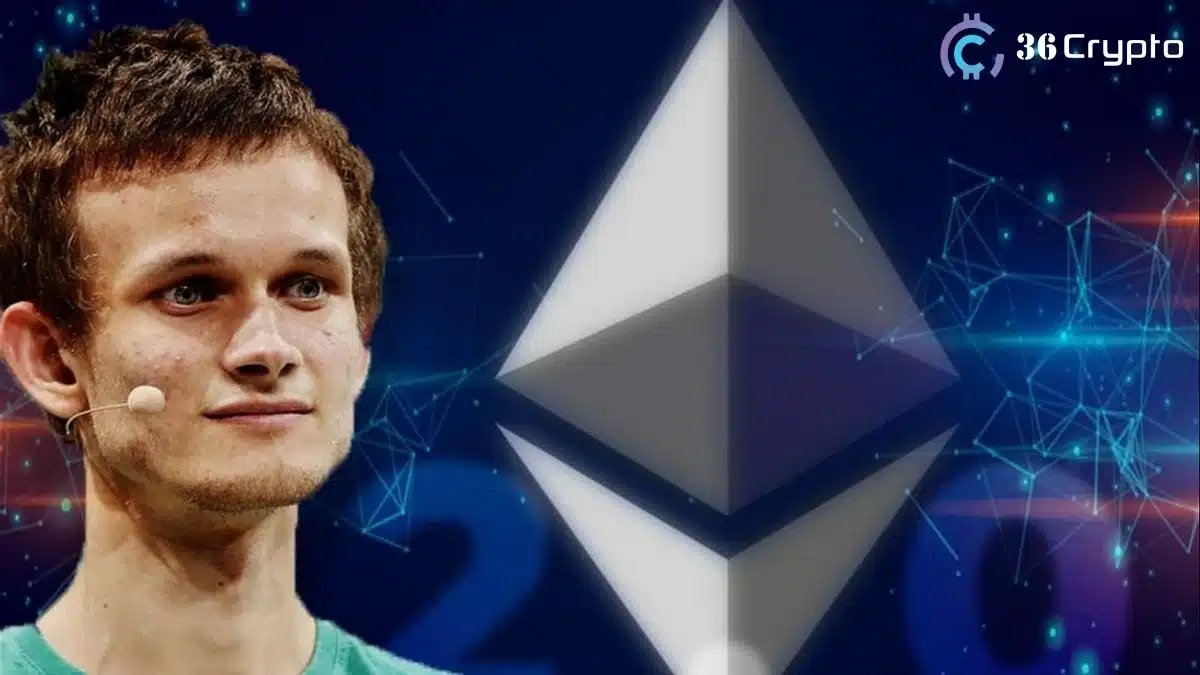Ethereum co-founder Vitalik Buterin acknowledged the need for improvements in Ethereum’s Layer-2 (L2) user experience following recent criticism from crypto journalist Camila Russo. Russo raised concerns on social media platform X, pointing out that even seasoned users find transacting across Ethereum’s L2 networks challenging. While Ethereum’s multi-chain structure offers flexibility, it remains complex for regular users and particularly inaccessible for newcomers.
Russo’s notes reveal that current L2 solutions that cater to diverse transactions, payments, and decentralized applications or dApps present specific challenges for the average person and enterprises. To counter these criticisms, Buterin noted that several ideas exist to solve cross-chain orchestration and improve usability in general.
Also Read: Vitalik Buterin Introduces “The Splurge” to Revamp Ethereum’s Capabilities
Proposals for Smoother Cross-Chain Transactions
One of the main barriers in Ethereum’s multi-chain environment is the lack of standardized, chain-specific wallet addresses. Buterin mentioned that in L2 networks or the address, including a chain name can be helpful, and the bridging operation can be handled by the wallet, leading to seamless cross-chain transactions. This approach would allow the users to input the recipient’s address neighborhood without having to balance between multiple chains.
Additionally, Buterin emphasized the need for standardized processes to streamline cross-chain swaps and gas payments, reducing complexity for users engaged in trades and transactions. To strengthen security, he suggested adding light clients that enable consumers to check transactions across chains. The upcoming ERC-3668 (CCIP-read) directly supports this by expanding cross-chain verification within Ethereum-based network frameworks.
Buterin also labeled keystore wallets to accept the update on one chain across several chains to meet the cross-L2 interactions. He emphasized that as long as the EVM remains efficient, ongoing developments like EVM-MAX and Single Instruction Multiple Data (SIMD) will enhance its performance without requiring radical changes.
Conclusion
Buterin’s response to Russo’s observations reflects Ethereum’s commitment to improving usability across its expanding L2 ecosystem. As solutions emerge, collaboration across the Ethereum community and industry-wide consensus will be vital for meaningful progress.
Also Read: Vitalik Buterin’s Ethereum Blog Sparks Discussion on ZK Technology and Verkle Trees

